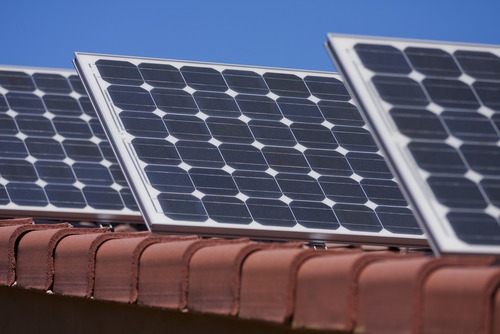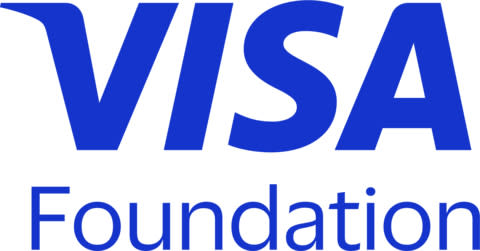© Shutterstock
With the launch of the Give-A-Ray program, Nexamp and ComEd have created a 15-year community solar program dedicated to providing free benefits and energy savings to low and moderate income customers in the Rockford area, in the ‘Illinois. .
“Give-A-Ray provides income-eligible customers from the Ogle and Winnebago communities the ability to take advantage of community solar power without paying for community solar credits,” said Scott Vogt, vice president of strategy and ComEd energy policy. “This long-term program demonstrates the shared commitment of ComEd and Nexamp to helping communities in need by ensuring equitable access to clean energy.
Give-A-Ray will allow approximately 650 ComEd customers to sign up each year, after which they will receive free community solar credits. ComEd will pay these credits on behalf of clients and handle both identification and registration of project subscribers. In this it will be supported by local services like the Rockford Housing Authority. The conditions for joining the program have been posted online.
Eligible people will be able to earn credits on 75 percent of their average annual energy consumption. This will save them around $ 250 each year. However, the credits will vary from month to month, depending on the amount of energy generated by the project and any seasonal impact on production.
“Rockford places a high priority on using more renewable energy to generate electricity and ensuring that the many benefits are available to customers, regardless of their income level,” said the Mayor Tom McNamara. “We thank Nexamp and ComEd for bringing this innovative offering to Rockford, and we look forward to working with them to increase access to solar power for residents who need it most. “
Nexamp is building the community solar farm just north of downtown Rockford on a former municipal landfill. Operations are expected to begin in fall 2021, after which it will provide 2.6 MW of solar generation capacity from more than 6,600 solar panels.



